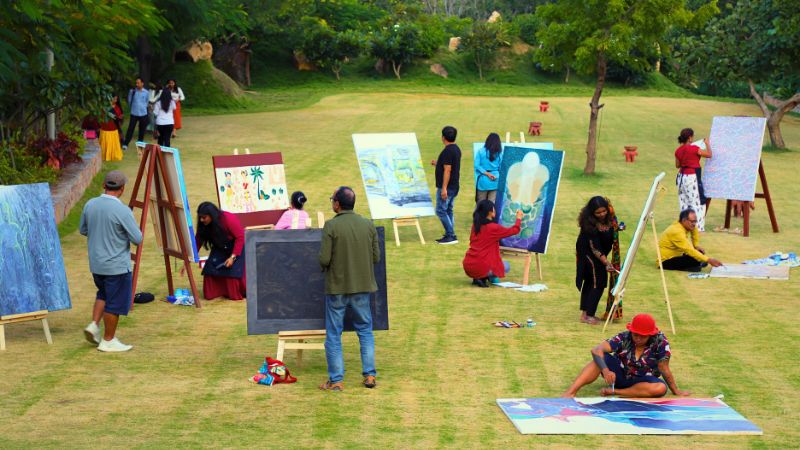A Textile Showcase of Punjab’s Abstract Gardens
Relive your desires to cruise around a cosy, three-room virtual exhibition hall displaying twenty-seven pieces of rich craftwork — shawls — from the Karun Thakar Collection. Inspired from the gardens and flowers of Punjab Pakistani, here is a virtual gallery of textiles made specially for celebration and adorned by women.
Relive your desires to cruise around a cosy, three-room virtual exhibition hall displaying twenty-seven pieces of rich craftwork — shawls — from the Karun Thakar Collection. Inspired from the gardens and flowers of Punjab Pakistani, here is a virtual gallery of textiles made specially for celebration and adorned by women.
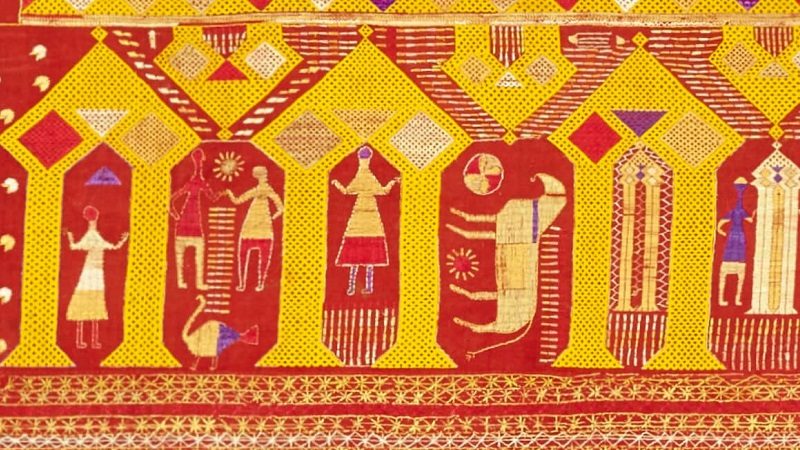
When most art exhibitions in the world are just beginning to open its doors again to the public, the virtual experience of visiting smaller spaces is still an option we’d opted this weekend.
Considering the health and convenience aspect of it all, I had the rooms, spacious and brightly lit with sunlight toasting the floors of the exhibit, all to myself needless to say.
During the times of an undivided Punjab — prior to the partition of India in 1947 — an artisan of embroidery craftwork sits quietly finishing needlework of cotton head coverings. She chooses Baghs (‘gardens’) and phulkaris (‘flowers’) as inspirations covering them.
Based on historical accounts, women embroidered these shawls whilst singing and dancing. However, there may be various considerations of the mythologies surrounding the production and use of them in a post-colonial context.
The ‘Thirma’ phulkari (below), a spectacular show of a plant flowering (bottom border), is beautifully abstracted with triangles and angular forms. This design and variations of it are often referred to as ‘khanjar’, meaning dagger.
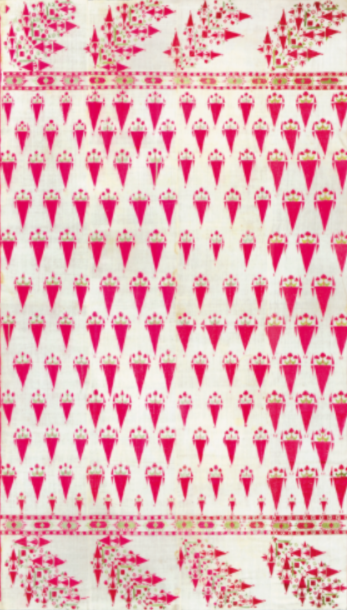
Undivided Punjab, Hazara region, Khyber Pakhtunkhwa province, Pakistan, 19th century
We cannot determine the exact location where these were made, although not eliminating the historical region of what is now Pakistani Punjab, northern edge of Hazara and more modern Indian states of Punjab, Haryana and Himachal Pradesh.
This very modernist looking bagh (below) has a striking design with the ghunghat embroidered in seven colours. At each end, the diamonds are rendered in coloured stripes and blocks. The black blocks, possibly nazar buti, show some corrosion to the silk. Embroidered separately and then joined, the three panels, and whereby two lengths have been reduced to align with the third.
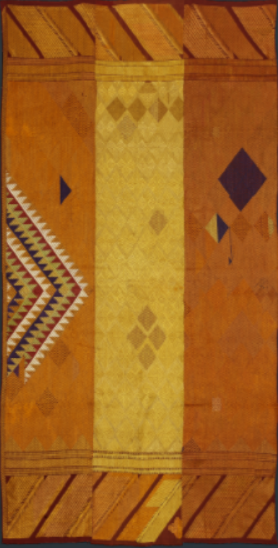
Undivided Punjab, mid 20th century (120 x 230 cm (h x w).
Given the condition of the material that survived, it’s obvious that these embroidery were preserved well and treasured as family heirlooms.
Textiles, especially hand-made, can withstand the test of time. Passed on and perhaps traded, these remarkably-designed textiles were often made to celebrate an occasion: a relative presenting them to a bride at her wedding, or used at festivals including Basant Panchami, Baisakhi and Karva Chauth.
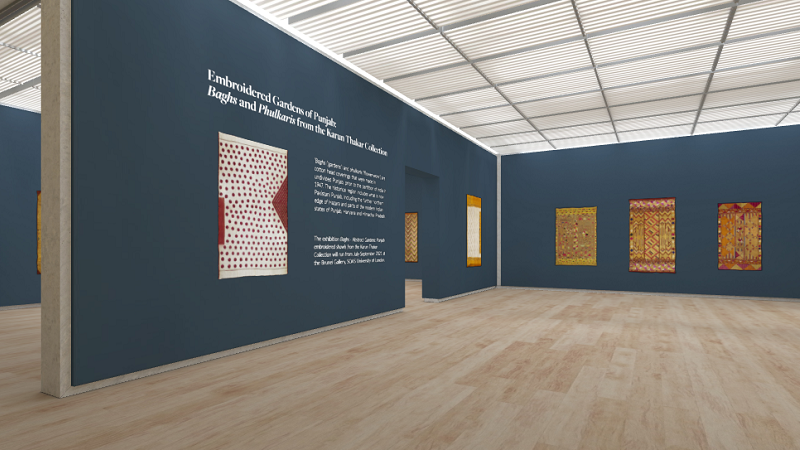
The Baghs — Abstract Gardens: Punjab Embroidered Shawls from the Karun Thakar Collection is now physically showing at the Brunei Gallery of SOAS University of London, from July – September this year. A selection of the pieces are now shown in this virtual exhibition at HALI Fair online.

